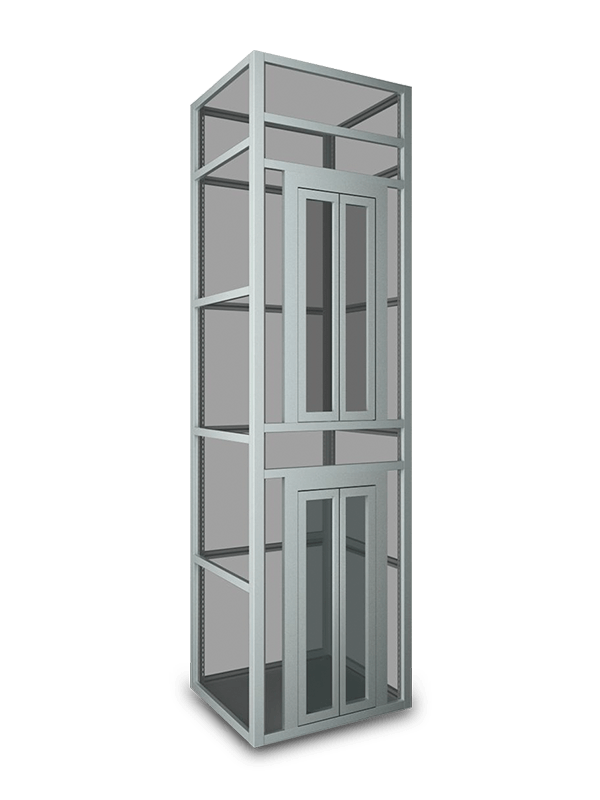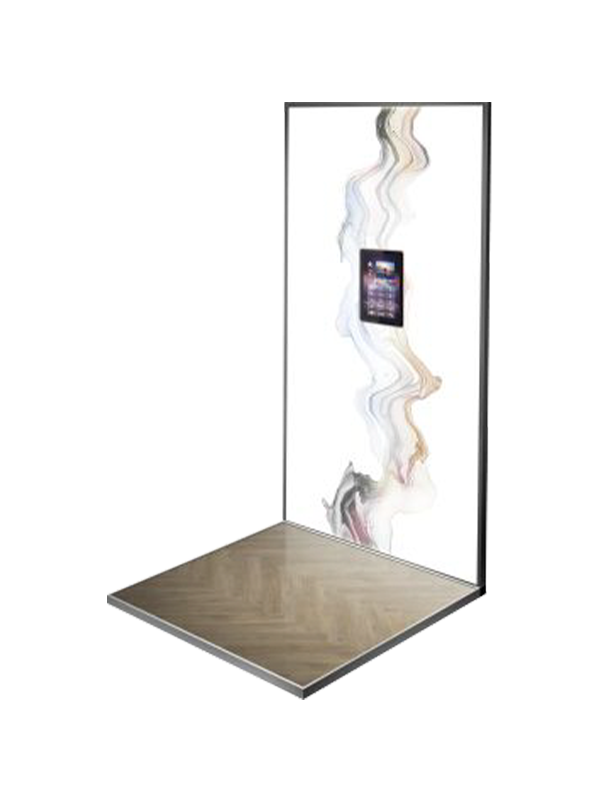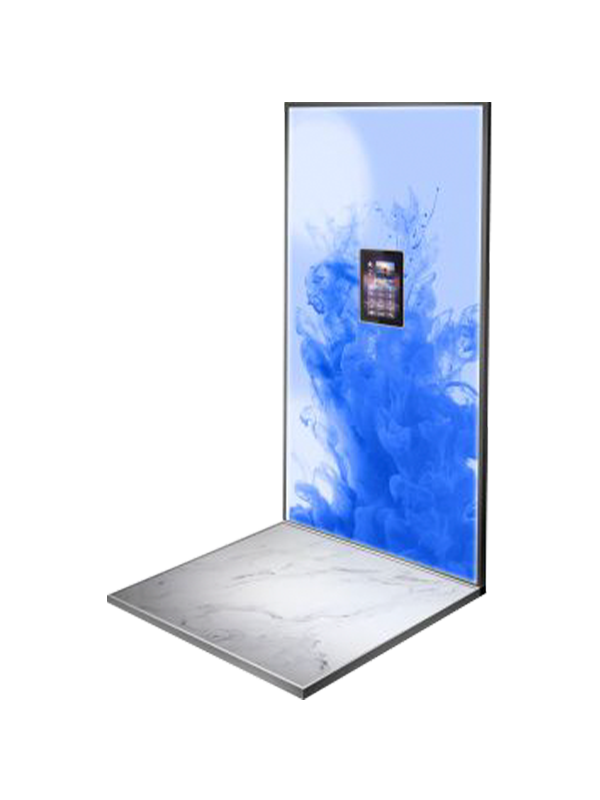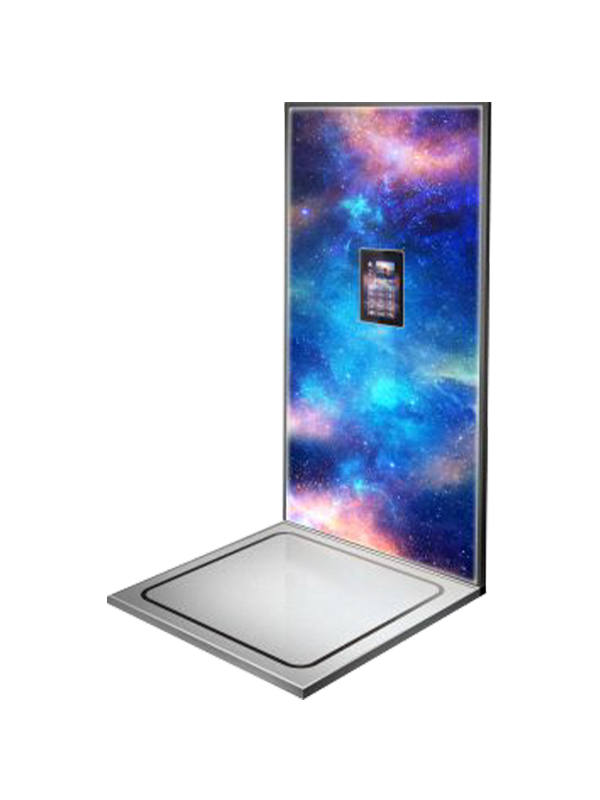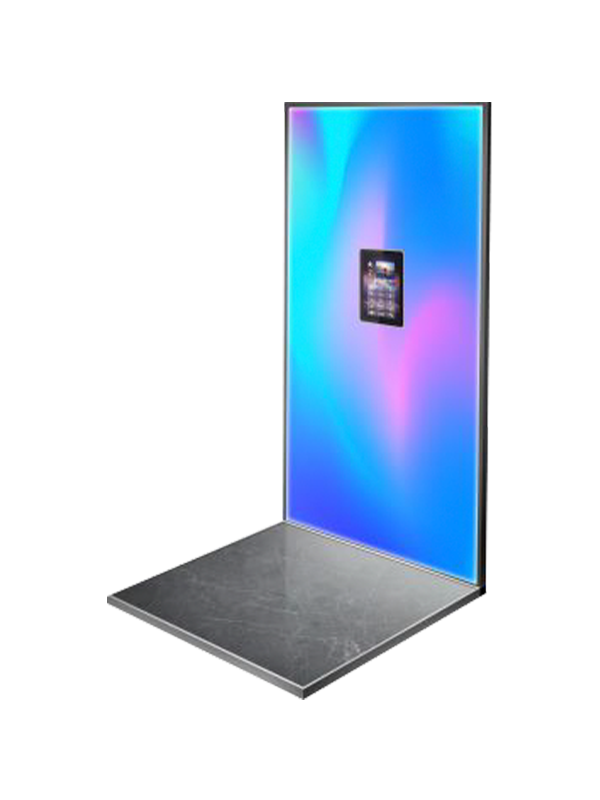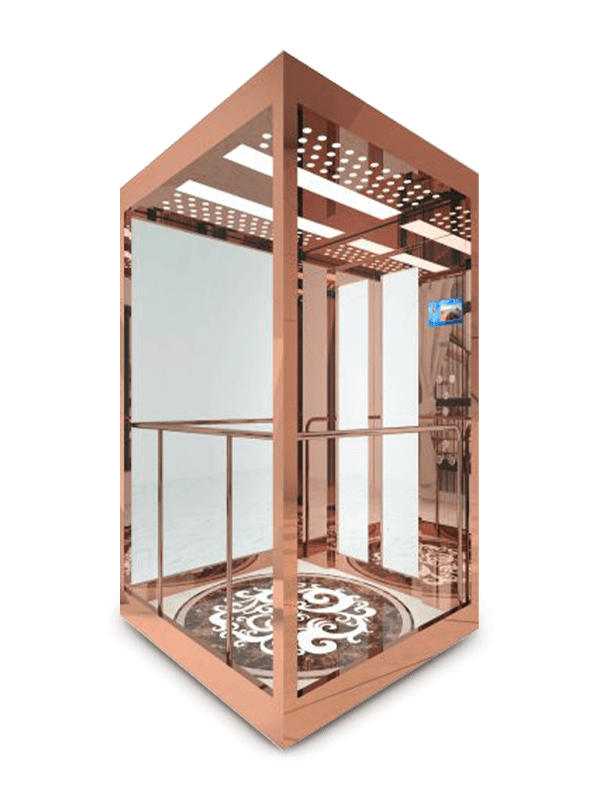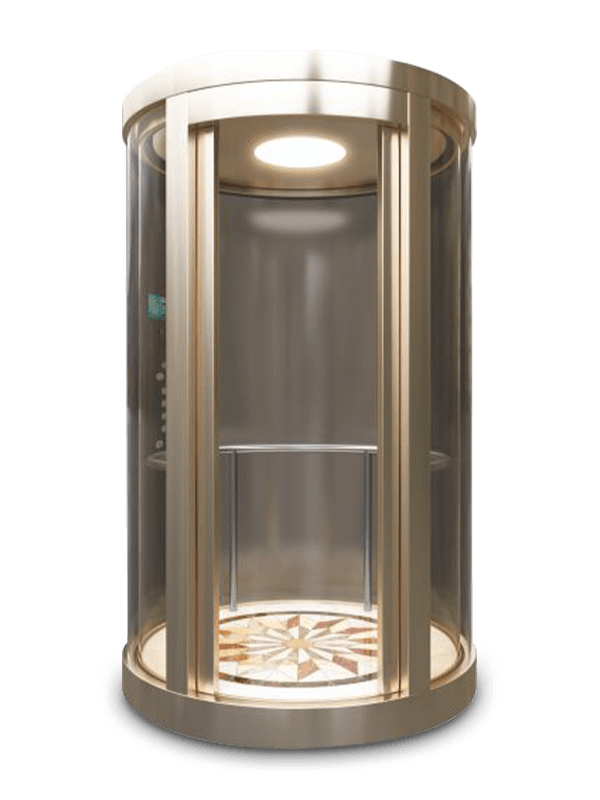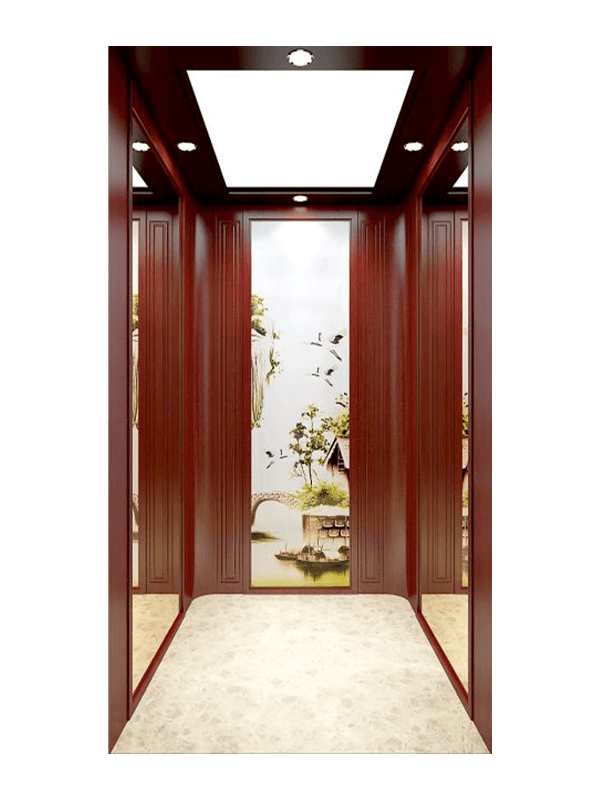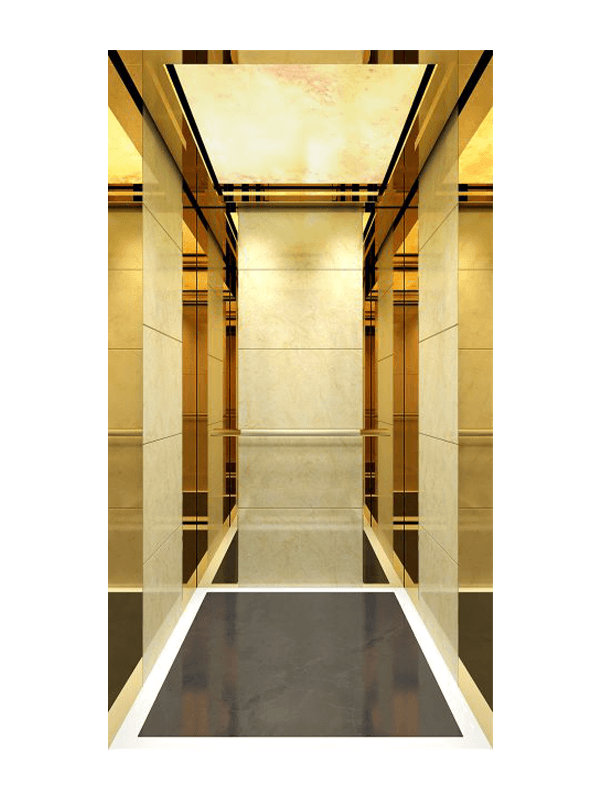Replacing worn parts in a household elevator is a crucial aspect of maintenance to ensure the elevator's continued safe and reliable operation. Here's a general overview of how the process of replacing worn parts in a household elevator works:
Identifying Worn Parts: During routine maintenance inspections, elevator technicians will identify parts that show signs of wear, damage, or deterioration. These parts could include components such as cables, belts, buttons, sensors, switches, rollers, and more.
Assessment and Diagnosis: Once worn parts are identified, technicians will assess the severity of the wear and determine whether the parts need immediate replacement or if they can still function safely until the next scheduled maintenance visit.
Sourcing Replacement Parts: Elevator maintenance companies typically have access to a range of replacement parts from elevator manufacturers or authorized suppliers. They will source genuine parts that match the specifications of the original components.
Planning and Scheduling: Depending on the urgency and availability of parts, the maintenance provider will plan the replacement process. In some cases, parts may need to be ordered, so scheduling the replacement might involve a brief delay.
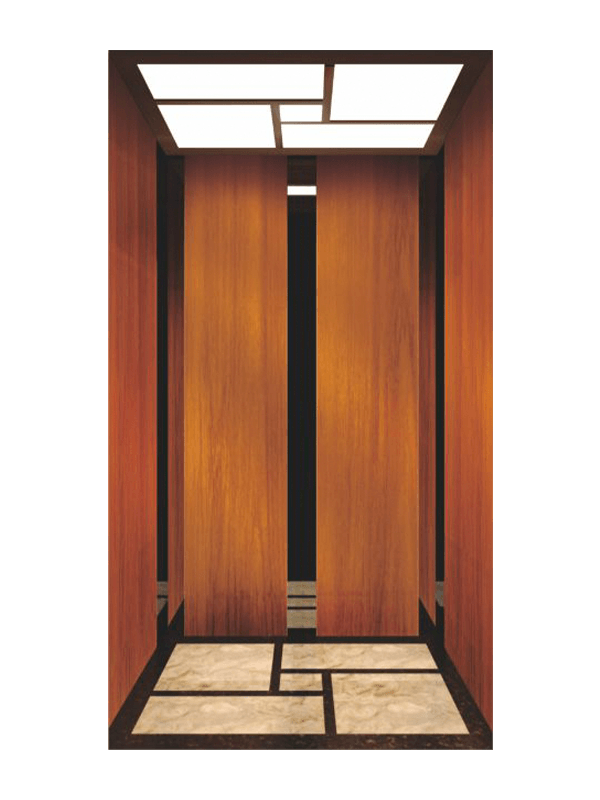

Disassembly and Removal: The technician will disassemble the relevant parts of the elevator to access the worn component that needs replacement. This could involve removing panels, covers, or access points.
Installation of New Parts: The new replacement parts are installed according to manufacturer guidelines and industry best practices. Technicians will ensure proper alignment, connection, and securing of the new component.
Calibration and Adjustment: Some replacement parts may require calibration or adjustment to ensure they function optimally with other components of the elevator system. For example, sensors and switches may need fine-tuning.
Testing and Quality Assurance: Once the replacement is complete, the elevator will undergo thorough testing to ensure that the newly installed part functions correctly and doesn't cause any adverse effects on the overall system.
Safety Verification: Safety features affected by the replacement are tested to ensure they still engage as intended. This includes testing emergency brakes, door sensors, weight sensors, and other safety mechanisms.
Documentation: Proper documentation is essential. The maintenance provider should update maintenance records to reflect the replacement, including details of the replaced part, the date of replacement, and the technician's observations.
User Instruction (if applicable): If the replacement part affects the elevator's operation or features, users may be informed about any changes or adjustments they need to be aware of.
Final Inspection and Sign-Off: The maintenance provider will conduct a final inspection to ensure that the elevator is functioning correctly and safely. Once satisfied, they will sign off on the replacement job.







 English
English عربى
عربى Deutsch
Deutsch Español
Español Français
Français русский
русский 日本語
日本語 简体中文
简体中文
